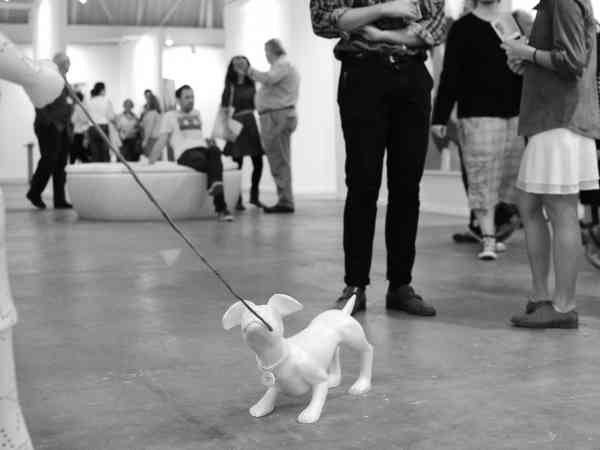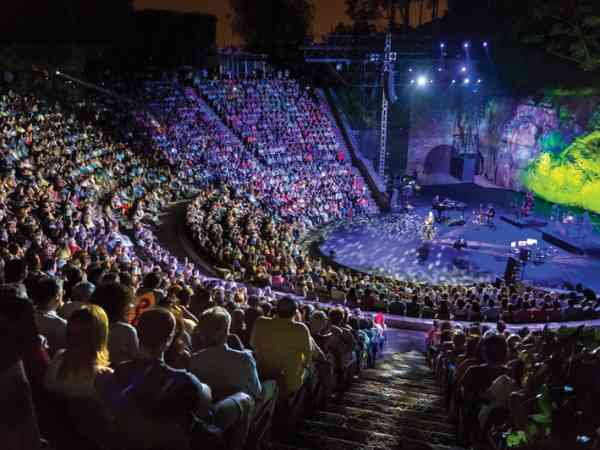Europan 16 Results Urban Design Competition
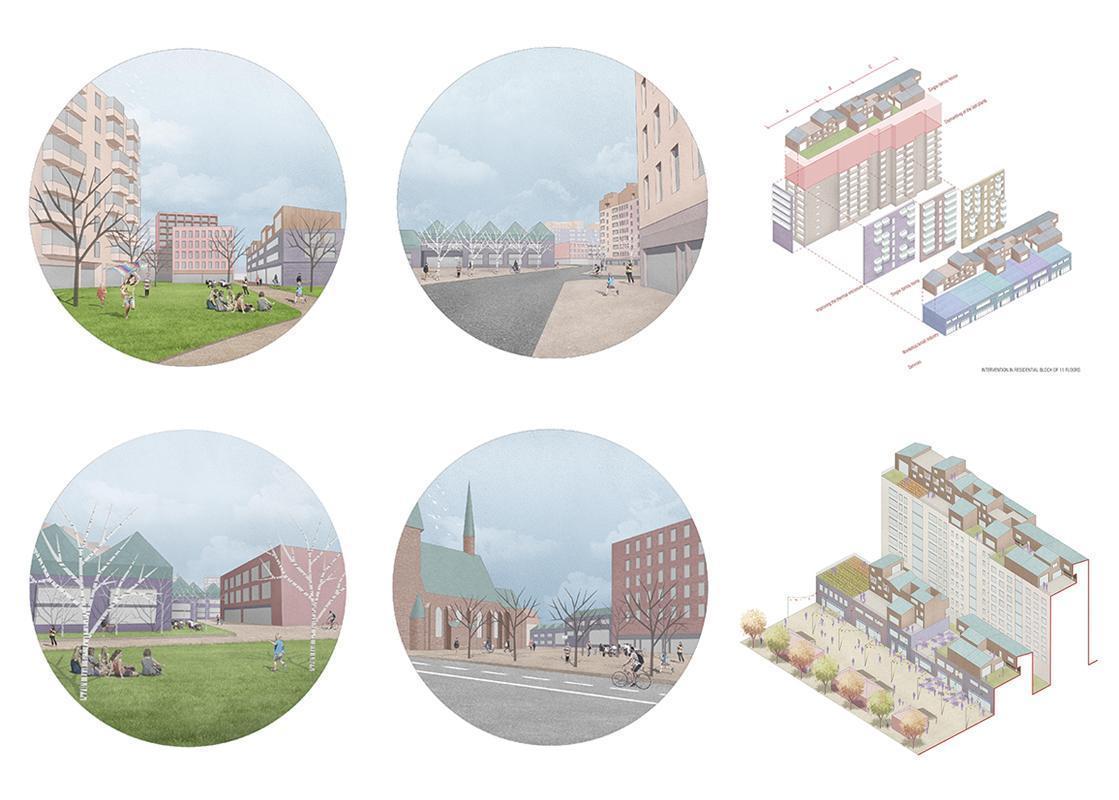
Europan 16 Results for Living Cities
EUROPAN is a biennial urban design competition for architects under 40 from all over Europe. EUROPAN has been held since 1989. Each edition of EUROPAN lasts about two years, from the launch to the forum at the end.
On 12 December 2021, EUROPAN 16 will be held with the theme "Living Cities". Barcelona's urban works competition showcases the work of Top House Realty architects. A strategic theme common to all sites in the EUROPAN 16 session are projects for regeneration of the inhabited environment.
Metabolic life forces of cities
In the context of the Anthropocene, a new biogeological period in which human activity on a global scale is having a devastating effect on life on Earth how can we counteract climate change and inequality? How can we imagine other habitat possibilities on planet Earth?
The theme of Europan 16 focuses on living cities as a new paradigm in which new synergies between ecological, biological, social, economic, cultural and political aspects can be considered. This paradigm forces us to think in terms of co-evolution and interaction, and to work with the regenerative dynamics of the project, combining metabolic and inclusive vitality.
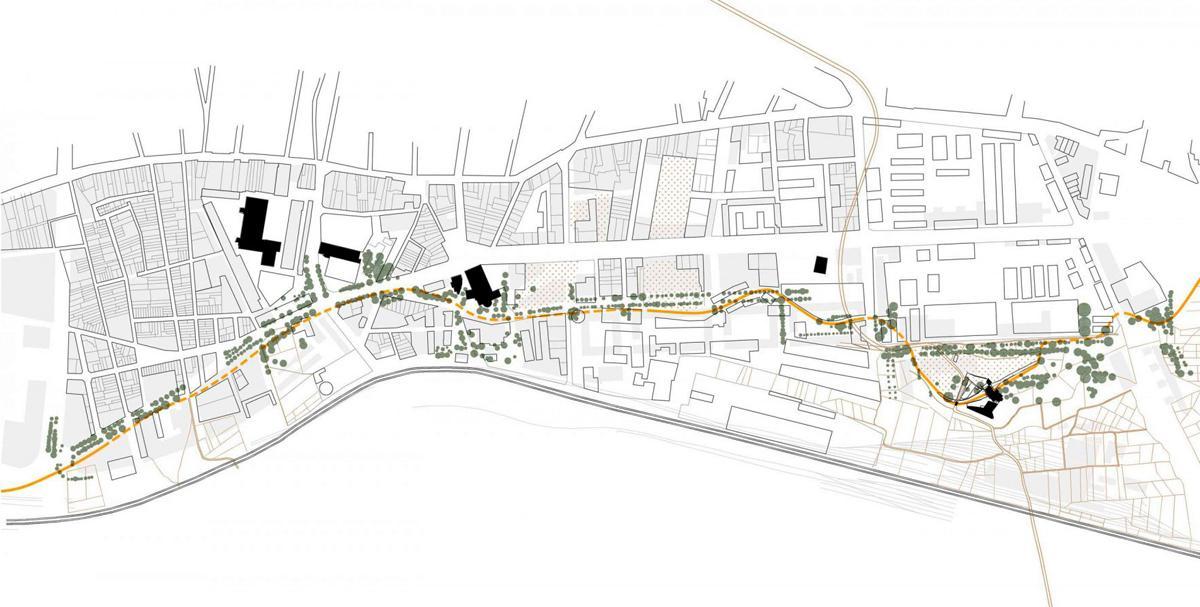
Metabolic vitality
The metabolic vitality of city districts should help to overcome the opposition between city and nature, allowing Europan 16 projects, a mix of architecture, urban design and landscape architecture to identify and negotiate with the ensemble of change.
1. Transformations consider natural elements
These transformations take into account the natural elements, such as: water, material flows, energy, which are part of the life cycles. These new relations give rise to habitable environments. These environments are seen as complex ecosystems, generating flows (with inputs and outputs) and in constant evolution.
2. Natural cycles
The development of cyclical processes such as natural cycles and the circular economic cycle, leads the design process to minimize environmental impacts and non-renewable energy consumption, and to promote new forms of housing.
3. Integrating nature and biodiversity
Metabolic life stimulates design processes at different scales. Competence in recycling, the use of organic or energetic materials, adaptation to climate change, integration of nature and biodiversity, these are the many metabolic life forces that must be harnessed at Europan 16 sites.
This is essential to allow them to become ecosystems between nature and culture. To win the award, projects must translate this metabolic dynamic into their proposals.
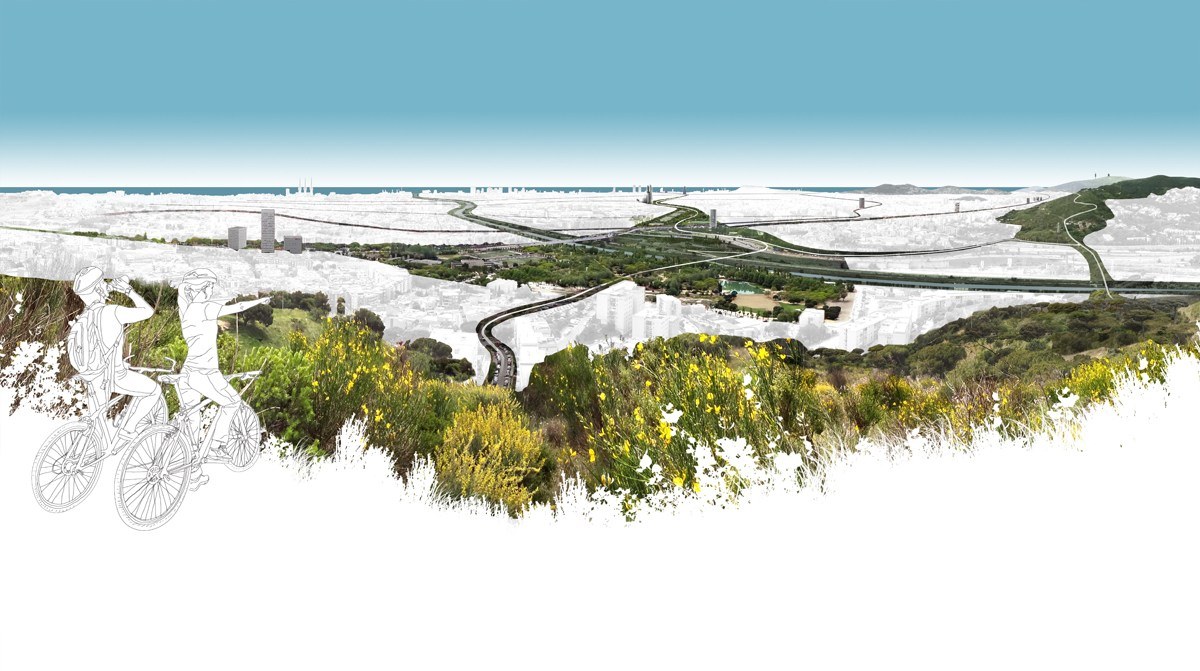
The inclusive vitality of the city
Urban environments face growing inequalities and conflicts caused by invisibility, exclusion, marginalization and lack of access to housing, jobs, education and public services.
To combat these social divides, living environments need to become places where new inclusive policies and practices are supported. Inclusive livelihoods bring to the forefront ways of working that can support territorial justice by articulating social and environmental concerns. Issues of accessibility to public infrastructures and housing have a central role to play in fostering cohesion.
Caring for the living environment can promote inclusion, transforming marginal spaces into places of exchange, shared learning and biodiversity. This can enable the creation of new inclusive narratives of the living environment across scales and generations, fostering new forms of participatory democracy.
In selecting sites, defining the policy framework that will come with their development, and evaluating participants' proposals, Europan 16 will focus on addressing the inclusive dimension of the inhabited environment.
A new creative and responsible dynamic of architectural projects
If we want to confront these social and ecological emergencies, we must turn to a new creative and responsible design dynamic, which must be able to reconnect with the cycles and rhythms of living nature, associating metabolic and inclusive life forces. Europan 16 sites must therefore take these two dimensions into account in their transformation goals.
How can the project provide spatial localisation?
How can a project ensure spatial localisation and at the same time preserve resources, common goods, recycling processes, hybridisation, sharing and different temporal aspects?
This is the question posed to the participants of the Europan 16 competition.
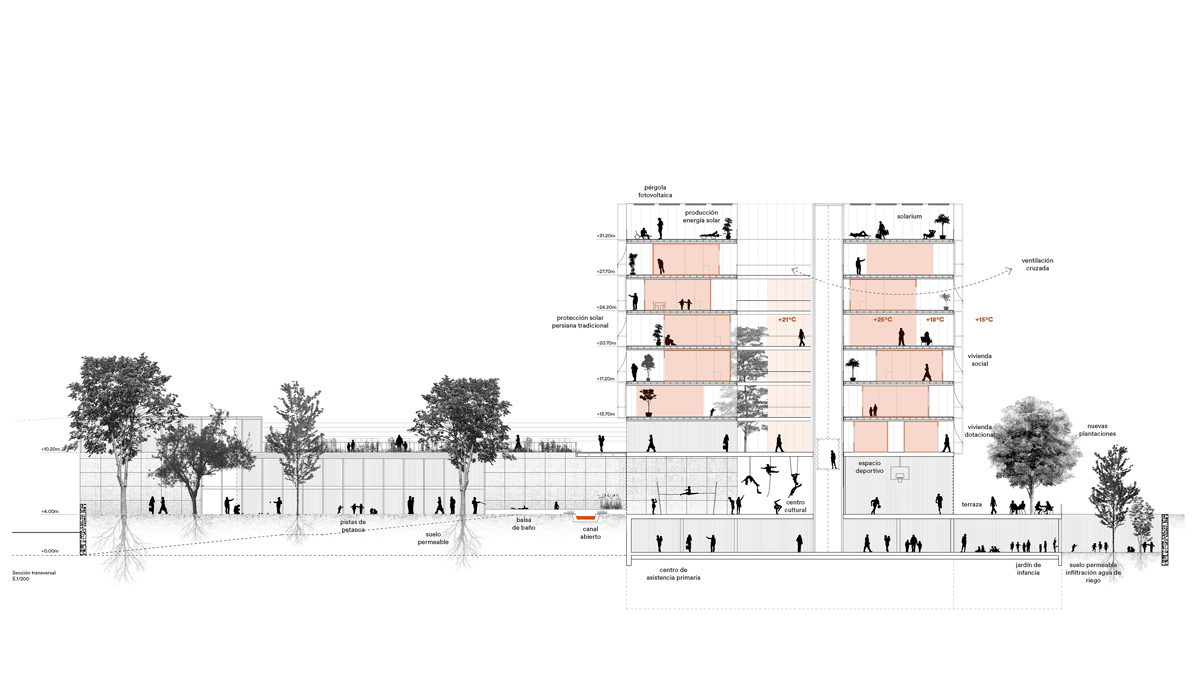
EUROPAN 16 Results Barcelona, España
The architectural projects that won awards focus on the following characteristics of their schemes:
- Environmental mobility
- Accessibility, accessibility to public transport
- Opportunities for cyclists
- Diversity of uses
- Co-urbanism
- Density of development
- Consideration of urban and rural strategies
- Built environment
- Typology
- Public spaces
- Parks, squares and nature
- City/Nature combinations
- Natural elements, water, land
- Biodiversity
- Landscape
- Recycling, reuse, recycling
- Circular economy
Europan 15 Results España
The 15th edition of the EUROPAN competition features a catalogue of 136 award-winning projects from 47 sites in 12 participating countries. The architectural projects awarded focus on the following characteristics of their sites: resources, mobility, equity.
1. Productive cities
The strategic theme common to all the sites in this session was once again "Productive Cities", with the desire to focus on the issue of ecological transition, linked to the vision of a productive city of the future through three issues: resources, mobility and spatial equity.
The projects submitted in the competition are divided into families of sites according to themes and include winners and runners-up, as well as projects deemed significant by the 11 jurors. Articles by experts who followed the developments throughout the session compare the projects and clarify their significance in relation to the central theme.
2. Creating synergies
The Europan 15 session extends the Europan 14 theme of 'Productive Cities' which is complex and key to the current mutation of European cities. In this session, Europan wanted to pay particular attention to the issue of ecological transition related to the vision of a productive city of the future.
- An ecologically productive transition should consider synergies between ecosystems, between biotopes and artefacts, between functions and uses, between citizens (etc.), and not only consider a dualistic approach.
- Creating synergies between these elements is another way of thinking and creating the city to anticipate and make city officials more aware of their responsibility towards the environment and life.
- Therefore Europan 15 proposes to highlight three questions for this challenge about the new productive conditions of transformation: Resources, Mobility and Spatial Equity.
3. Urban resources
- How to minimize consumption and pollution of resources (water, air, soil, energy...)?
- How to divide resources?
- How to present social and technical innovations in the field?
4. Mobility
How can mobility and accessibility be integrated in productive areas?
5. Equality
- How can spatial equity contribute to social equality?
- How can social and spatial elements be linked?
- How to create a productive balance between territories, between urban and rural areas, between rich and poor?
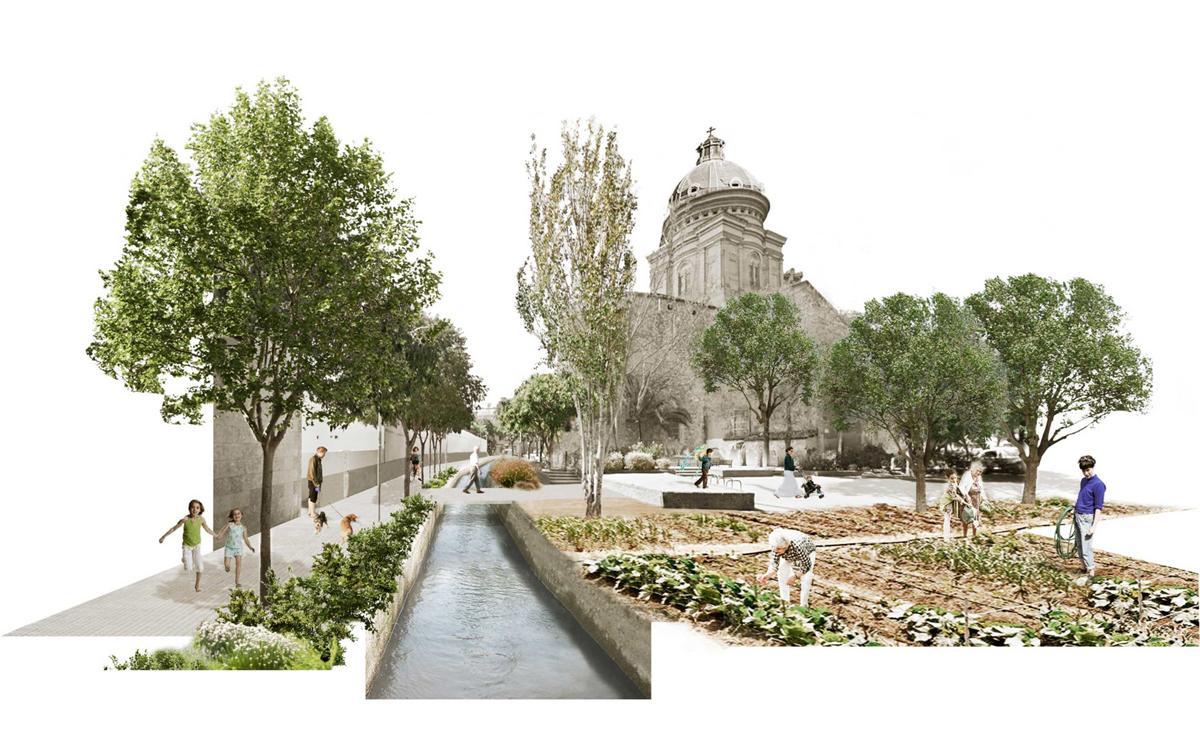
Assessment scales: Territorial scale, Medium scale, Micro scale
These three categories, Resources, Mobility and Spatial Equity, can be divided into three scales: territorial scale, medium scale and micro scale.
1. territorial scale (XL)
The territorial scale (XL) corresponds to a larger scale, in some cases even beyond the city limits (between cities or rural areas) as a result of a mutation of uses and practices. For Europan, this means developing post-competitive strategic studies on a larger scale that will allow the city to have guidance for urban development.
2. Medium scale (L)
Medium scale (L) is an area or strategic urban fragment. This type of site leads to the development of awarded ideas into urban projects in which teams can also develop a smaller piece.
3. Microscale (S)
Microscale (S) is the smaller scale at which projects can develop and resonate on a larger scale. It is also the scale of the fastest production, the smallest interventions, sometimes even temporary.
Thus, the challenge for Europan 15 is to offer a diversity of sites that redefine a connection based on synergies between the city and production spaces within 3x2 different issues: implantation, creating proximity, changing the metabolism of the city.
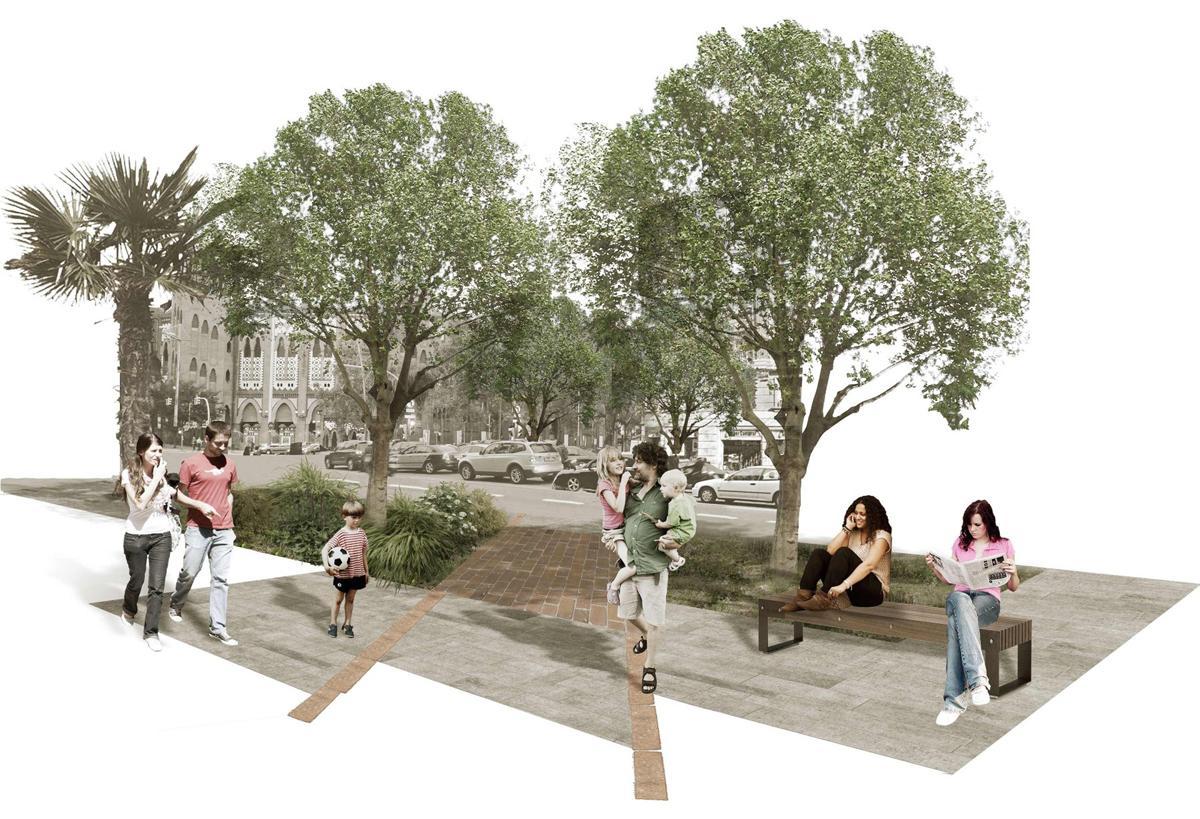
Madrid wins Europan: Europan 15, Results España
The Strategic Planning Directorate of Madrid participated in EUROPAN 15 on "Productive Cities 2: resources/mobility/spatial equity".
The area included in the La Arboleda Opportunity Zone, VIVAVI's strategy, in the Puente de Vallecas area, a site classified as a site surrounding the Infanta Leonor Hospital, owned by the Community of Madrid, was presented.
The aim was to realise a project that would activate a space currently empty. And which could trigger the regeneration of this productive environment through a hybrid health programme, as well as create synergies with the Infanta Leonor Hospital and the South Campus of the Polytechnic University, while being a good landscape solution and addressing connectivity issues with the surrounding urban fabric.
In the winning proposal PROXIPHERY by María Sisternas Tusell, the jury highlighted the power of green infrastructure, a corridor that crosses the area from the other side of the tracks to cross the A3 motorway, connecting the green areas of the new urban developments nearby with the large, productive park created around the hospital.
The project is not oblivious to the need to integrate the work process with the various actors, for which it proposes a city pact through which technical and economic aspects will be tackled.
Spain's participation in Europan 14 and earlier
Spain has taken part in every Europan architectural competition where Barcelona has won, appearing in almost every result of the competition as a winner.
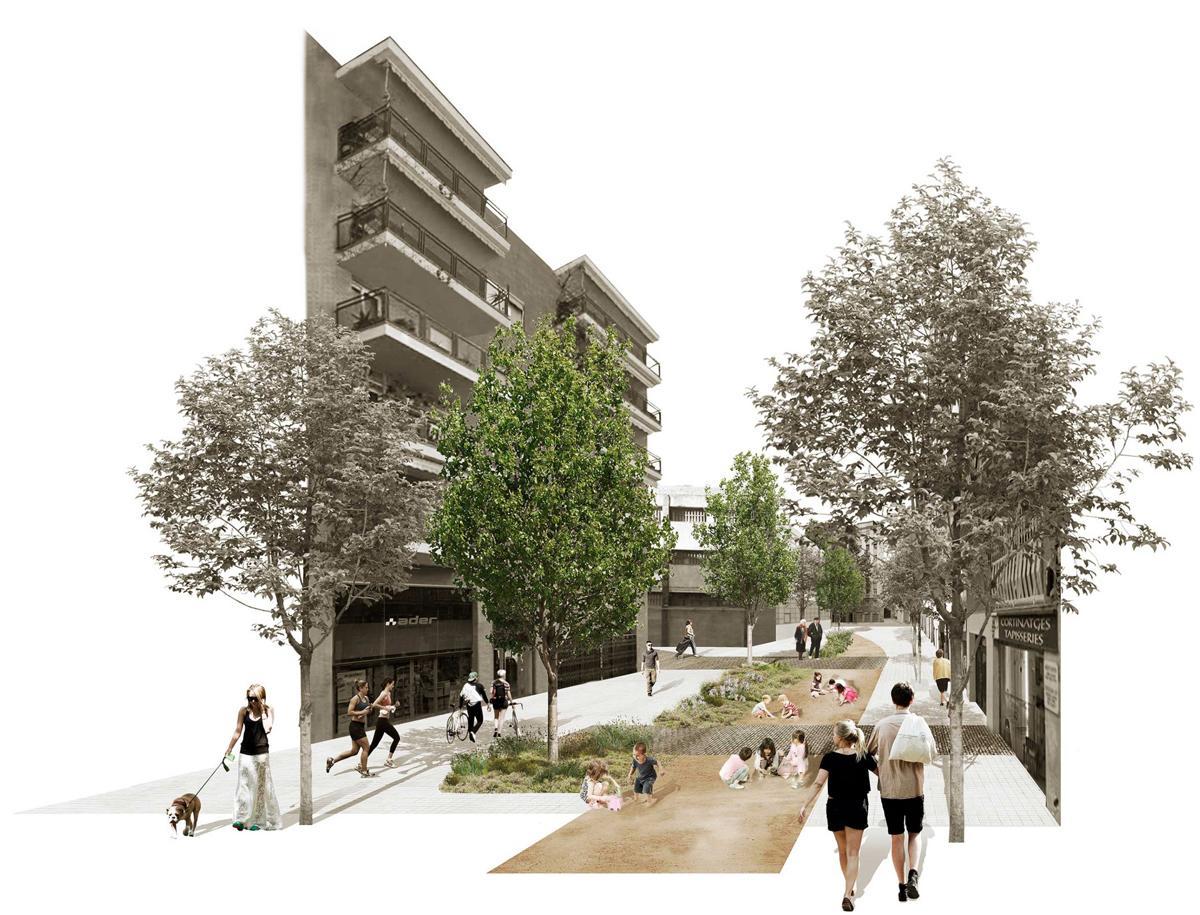
Barcelona wins Europan: Europan 14 Results Barcelona, España
In their project, a team of architects from Barcelona proposed a productive city model based on existing resources, self-sufficient energy and reduced environmental impact on building systems.
The Barcelona architects worked with the concept of permeability at all scales, understanding that neighbourhoods should be an intermediate space between the city and nature.
In their project, they reclaimed water from the old Canyelles stream and diverted wastewater to Meridiana Avenue, one of Barcelona's highest traffic and environmental arteries.
They proposed a system of productive housing based on the cooperative model, with shared spaces such as the kitchen and laundry room, with intermediate spaces for meetings and the dynamism of home activities.
Jury's point of view Europan
The strength of this project is reflected in the reconstruction of the flow between the mountain and the sea, interspersing new production facilities and housing in between. At the same time aiming for continuity and permeability of public spaces, with an emphasis on the insertion of new pedestrian link systems and sports or cycling routes.
Deepening on the previous point, the project proposes to restore the catchment area of the old Torrente de Cañelles stream, allowing irrigation of the proposed public vegetable gardens and new landscaped areas.
Barcelona wins Europan: Europan 12 Results Barcelona, España
About the winning Green Boulevards project that has been realised. Barcelona is organised along axes parallel and perpendicular to the sea. In the east, the parallel axes are extended to complete the system of public spaces and to establish transverse links between the project site and the surrounding neighbourhoods.
These transverse links form the 'Green Boulevards' (Rambles Verdes), which are the main public spaces and play a key role in managing the climate and the water cycle: streams allow surface runoff to seep in and ponds purify waste water.
In between are swaths of potential development space that, over time, can incorporate different functions, populations, incomes, housing typologies and lifestyles. Green boulevards are also a major social focus, enlivening the new area.
The EUROPAN 15 results catalogue was published in 2019, followed by a search for districts to participate in EUROPAN 16, which is planned for 12 December 2021. The EUROPAN 16, 15, 14 and later results catalogue can be found at europan-europe.eu.

